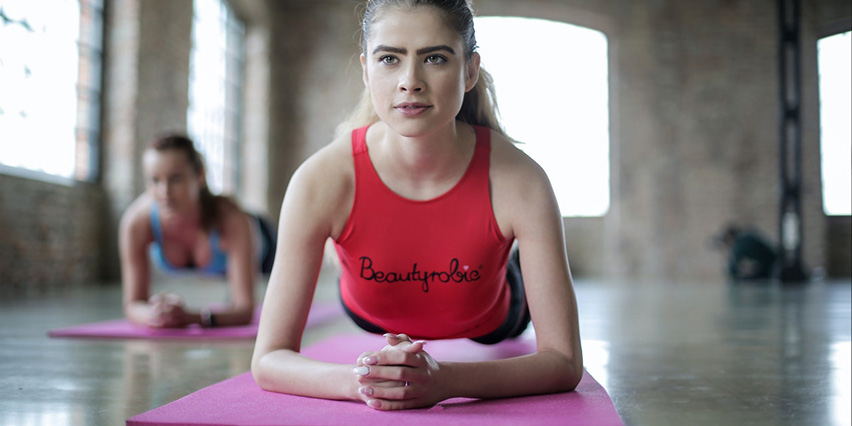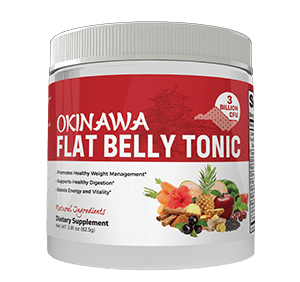Tanja Gardner 17/08/2021

But I don't want Muscles! - Part 1: What Muscle is, and how to Build (or Avoid) it
By Tanja Gardner 18 Comments
Copyright 2005 Tanja Gardner
One of the common comments I hear from my female clients is, 'Please don't give me any weights work ' I don't want any muscle, I just want to tone.' The reasons differ from client to client, but it most often they seem to be based on a misunderstanding of what muscle is, how we build it, what it has to do with weight loss ' or some combination of the above. There's a lot of misinformation outside of the fitness world about muscles and what they do, so I'd like to spend the next two articles exploring the realities behind the myths. ' WHAT IS MUSCLE? When I was younger, I'd never really thought about what the 'stuff' between my skin and my bones was made of. I understood that muscles were what bodybuilders had, and fat was something that made you fat, and that I had some of each. I think, though, that I believed that they existed inside some kind of other substance that filled the space between my skin and my bones. Then, in secondary school, I learned that, in a healthy person, most of this magical substance was just muscle. In fact, I learned that, aside from my body's networks of organs, blood vessels and nerves, and my skeleton there isn't really much under my skin except for muscle and fat.
I learned that muscles were an incredible network of fibres that allowed me to move my limbs, to stay sitting or standing upright, to talk, breathe, and pretty much to translate any thought I had into action of some kind. I learned that if I didn't use them, muscles would shrink and weaken, and if I did, they'd grow stronger. And I learned that as my muscles grew stronger, so did I.
All of this was quite a revelation for me at the time, so I can understand the initial confusion that exists amongst so many of my clients ' why they want to tone without building muscles. The truth though, is that muscle is the only thing under their skin that can be toned, and that 'toning' often simply means that muscles become slightly more visible (which then makes the whole body look smoother and firmer). So without enough muscle to start with, there's nothing there that can be toned.
BULIDING THE RIGHT SIZED MUSCLES Often, the clients I speak to don't have a problem with the idea of a little muscle. The problem is that many don't realise it isn't an 'all or nothing' thing. Unfortunately, because of the lack of clear information out there in the media, the only image they have to associate 'women' with 'muscle' is one of a female bodybuilder at the peak of her competition physique. Not that there's anything wrong with wanting such a physique if that's a client's aim, but for most of the women I speak to, the possibility of developing such large, defined muscles is really quite scary!
Those kinds of muscles, however, don't happen quickly or easily. Really large muscles require long, intense workouts over a period of time, and a base level of testosterone ' a hormone most women don't have in sufficient quantities (without the use of steroids, anyway) for size to become a problem. Granted, there are women with naturally high testosterone levels (and I'm one!), who will put on muscle more quickly. But even for me, muscles don't suddenly appear, fully-formed overnight. So if I notice I'm gradually building size in an area I don't want it, it's not difficult for me to change my training in that body area to gradually reduce the size again.
Also, many people believe any kind of weights work will automatically increase muscle size. The truth is that not all training produces size increases. There are a number of variables you can play with in strength training ' the heaviness of the weight, the number of repetitions of the movement, and the time you allow yourself to rest between groups of repetitions (or sets). Very generally speaking, training with a heavy weight and low repetitions in each set will increase strength; training with a medium-to-heavy weight and medium repetitions will increase muscle size; and training with a lighter weight with high repetitions per set will increase endurance.
In practice, it's not actually quite this simple, and there are other factors to consider. The important point is that not all training will increase muscle size, that some muscle is necessary if you want to tone, and that working with a competent trainer will help ensure you get only the results that you want from your training.
In Part 2 of the article (http://optimumlife.co.nz/Fitness%20Articles/Muscle/Muscle2.htm), we look at why muscle is so important for weight management and long- term health.






